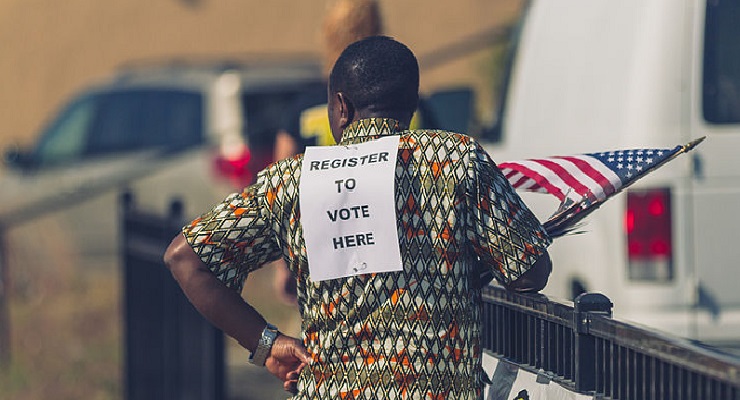
Motor voter registration laws in Ohio will have their first test at the Supreme Court this session. Motor voter laws are said to reduce, “costs of voting registration by accumulating individual data when applying for a drivers license or receiving social assistance. The “motor voter” nickname came from the idea that most of the NVRA data was accumulated from applicants renewing or obtaining driver’s licenses”. Election Law Blog, a great resource maintained by expert Rick Hasen, had the following info in a recent post:
After being relisted only once, the Supreme Court agreed to hear Husted v. A.Philip Randolph Institute from the Sixth Circuit. The question presented is: “Whether 52 U.S.C. § 20507 permits Ohio’s list-maintenance process, which uses a registered voter’s voter inactivity as a reason to send a confirmation notice to that voter under the National Voter Registration Act of 1993 and the Help America Vote Act of 2002.”
The case has not been one that has garnered a lot of attention in the press, but it did get attention from election administrators and from the states. As Doug Chapin reported back in March, 15 states filed an amicus brief urging the Supreme Court to hear the case to clarify the standards for when inactive voters may be removed from voting rolls consistent with the voter-protective requirements of the National Voter Registration Act of 1993 (the motor voter law) and the Help America Vote Act of 2002.
From the University of Minnesota’s Doug Chapin:
The question stems from an Ohio case I wrote about last April. There, plaintiffs challenged the state’s “supplemental process” for list maintenance, which uses failure to vote over a two-year period as a trigger for mailings seeking confirmation that the voter still wishes to vote. The allegation is that the use of non-voting as a trigger violates the National Voter Registration Act (NVRA), which expressly prohibits the removal of voters simply for failure to vote.
That argument failed to persuade the trial court to block the law, but last September a panel of the federal Sixth Circuit Court of Appeals voted 2-1 to direct the lower court to hear the case, finding that the use of non-voting as a trigger should be understood as “resulting” in a voter’s removal for failure to vote. Ohio has petitioned the U.S. Supreme Court to hear the case.
The amicus brief – filed last Friday by the state of Georgia and 14 other states (Alaska, Idaho, Kansas, Louisiana, Michigan, Missouri, Montana, Nevada, Oklahoma, South Carolina, South Dakota, Tennessee, Texas, and West Virginia) asks the Court to hear the case and clarify whether use of non-voting data as a trigger violates the NVRA….
While it’s worth noting that all 15 state amici, like Ohio, have Republican chief state election officials – and thus a point of view on voter list maintenance that may be in conflict with others, including their Democratic counterparts – this is still an important issue needing clarification. Plaintiffs, and some other states, agree with the appeals court that using non-voting data to trigger confirmation mailings as part of list maintenance programs violates the law – but having clarity from the Supreme Court would likely go a long way in helping states nationwide structure their processes. Either way, what the Court decides (or lets stand by not deciding) is likely to have significant impact on states’ voter roll maintenance.
Also expert Justin Levitt commented with a different angle on the case in a recent post on Election Law Blog:
There’s still another set of challenges, to both the congressional districts and the state legislative districts on racial grounds, coming out of state court. It’s called Dickson v. Rucho (#16-24). In 2014, the North Carolina Supreme Court rejected a challenge brought by a different group of plaintiffs, along similar lines to the challenge that succeeded in federal court. In early 2015, the U.S. Supreme Court sent the case back for a second look, in light of its Alabama redistricting decision. In late 2015, the North Carolina Supreme Court took that second look, and reaffirmed its decision. Plaintiffs sought cert, and that petition is back in front of the Supreme Court right now, also distributed for yesterday’s conference.
Leave a Reply